It's the last month of winter, and if it's mild, you'll find that already some spring plants are beginning to wake up. But some wild food can be gathered whatever the weather is doing. Here's our guide on how and what to forage for in February in Britain, with a few key details regarding where each plant can be found, characteristics and recipe ideas.
Where to forage in February
Hedgerows are your friend this month, offering some new green plants. Heathlands are great for gorse flowers, while in the woods you've got wood ear mushrooms to look out for.
How to forage safely and responsibly
Whether you're a seasoned forager or a complete newcomer, there are some golden rules you need to be aware of before you begin. Check out our beginner's foraging guide to learn how to forage safely and responsibly throughout the year.
Beginner's Guide to Foraging, with monthly guide to what's in season
Getty
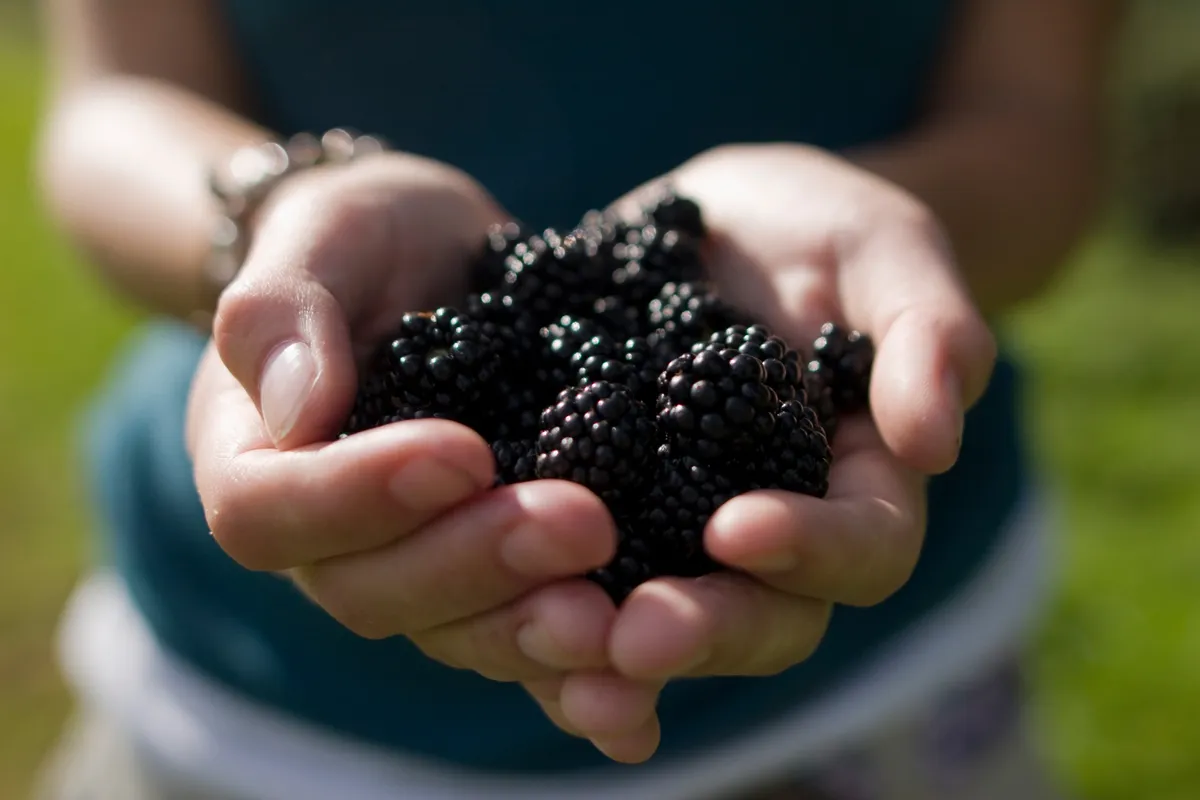
Best plants to forage for in February
Garlic mustard
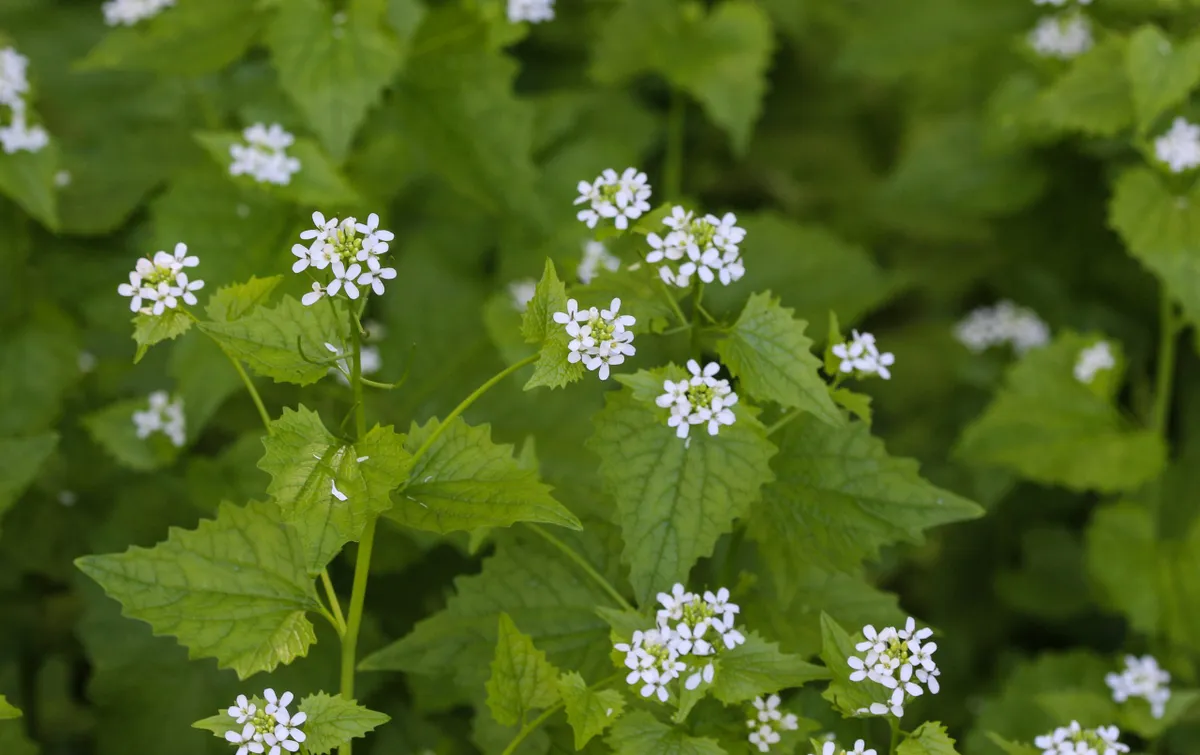
The first leaves of this wayside herb appear in late February – rounded or heart-shaped and heavily veined. The key to identification is smell – as the name suggests, garlic mustard combines two quite boisterous scents in one package. A good addition to stocks, stews and salads – in small quantities.
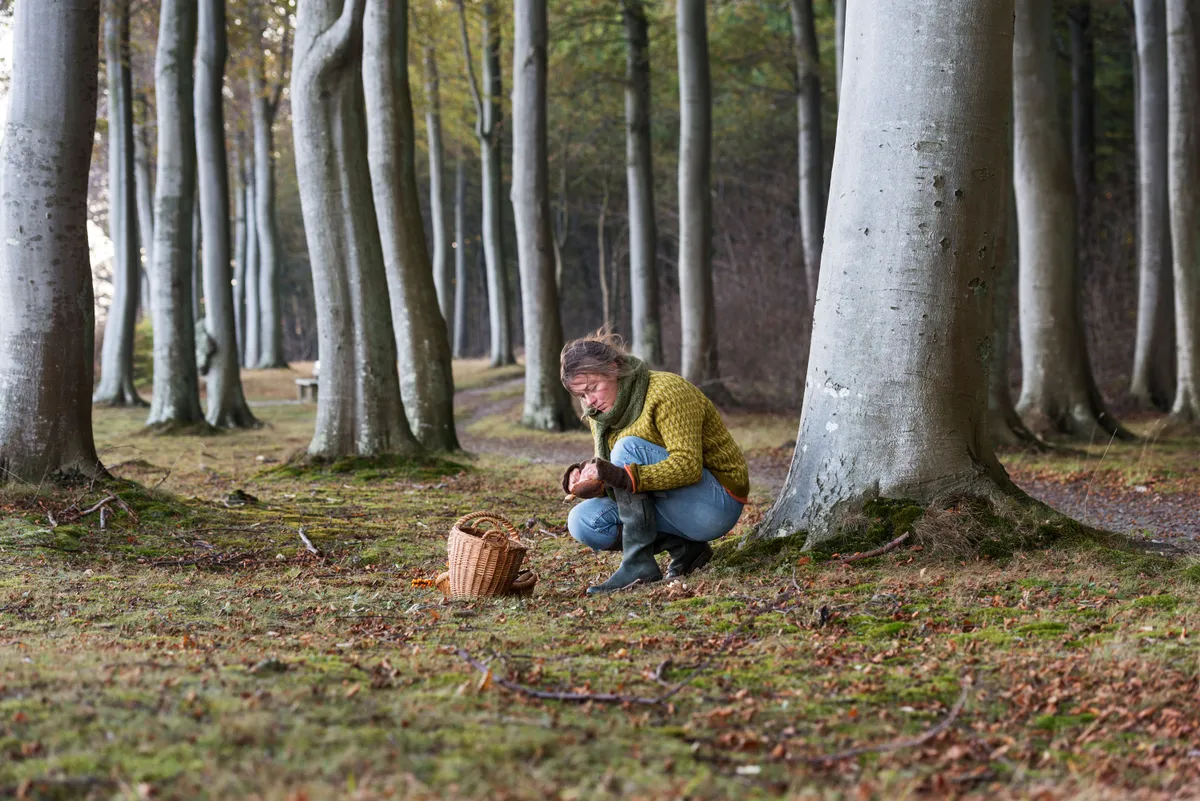
Gorse flowers
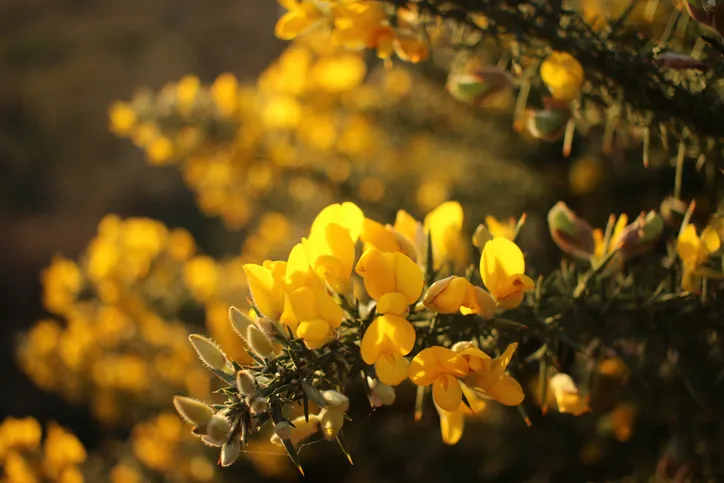
Some people make wine from the scented yellow blooms of gorse, which always appears to be in bloom. However, the quantities needed would mean a long battle with a thorny bush. Better to collect a few handfuls and dry them. Then infuse a tablespoon of the flowers in boiling water for 5-6 minutes to create an invigorating tea.
Sorrel
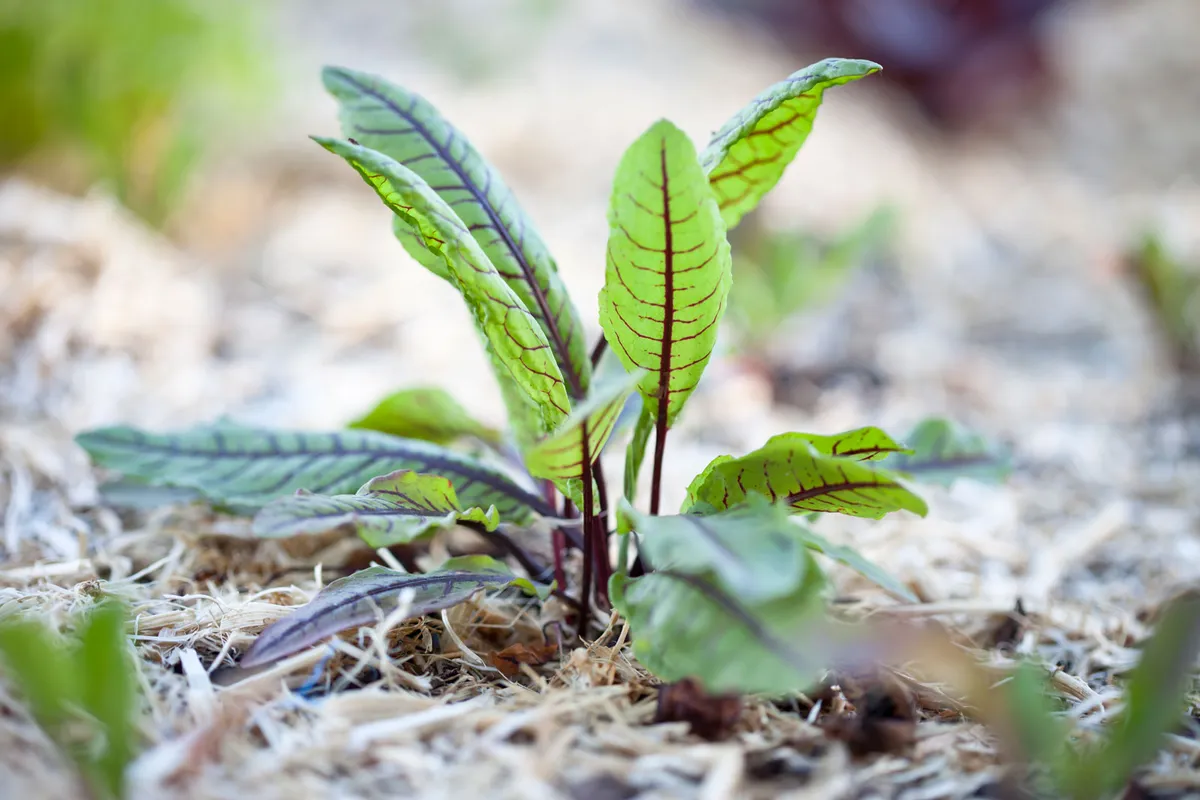
Look for the elongated, spear-like leaves with trailing ‘barbs’ in meadows. Do not confuse it with dock leaves. Eaten raw, it has an appealing lemony tang and works well when small amounts are added to fresh salads. It also makes a delicious soup, wilted with onion and a small lettuce in butter before adding one small potato and a pint or two of stock. After simmering for 30 minutes, whizz it up to create a refreshing early spring lunch. A splash of milk or cream makes it taste even richer.
Wood ear
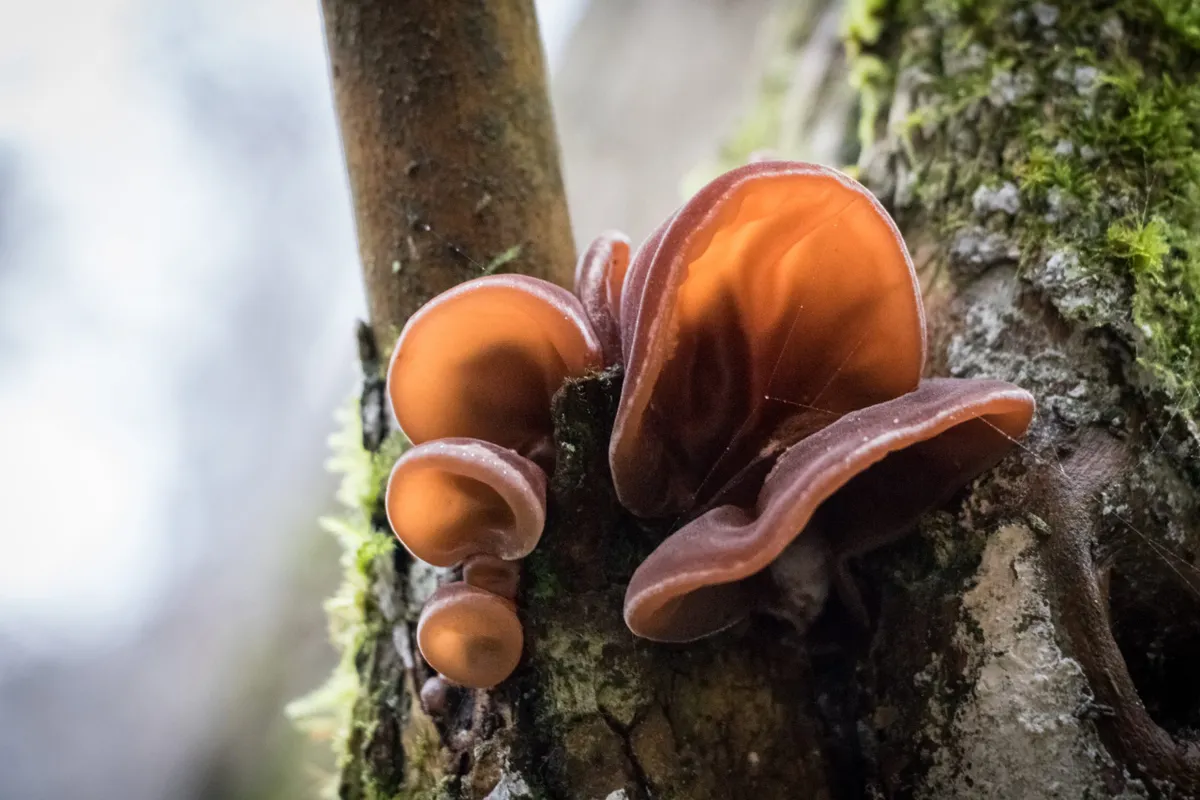
These brown, velvety jelly-like fungi are common on the trunks of elder trees and often uncannily resemble human ears. They are common and found all year round but late winter, when little else is available, is a good time for the bereft forager to try them. They do not have a strong flavour but offer an unusual chewy or gelatinous texture in cooking. They are often used in Chinese cooking, either powdered or cooked long and slow to thicken stews or noodle soups. In addition, you could also slice them thinly and add to stir fries. Not for everyone but a potential woodland treat for the adventurous.
Going mushrooming? You may like:
- British wild mushroom and fungi guide: how to identify and where to find
- Best mushroom identification books
- Podcast: foraging for fungi in Dorset with two brilliant naturalists
Porcini mushrooms./Credit: Getty
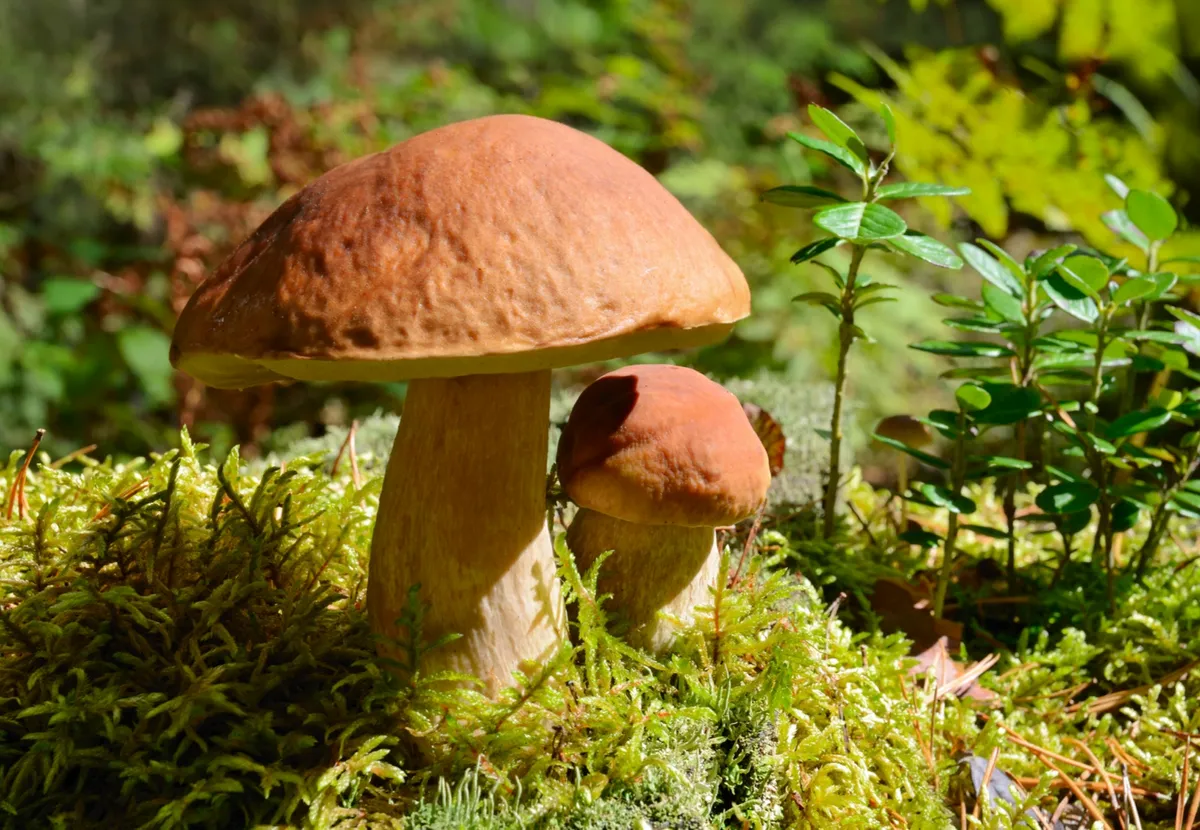
Alexanders
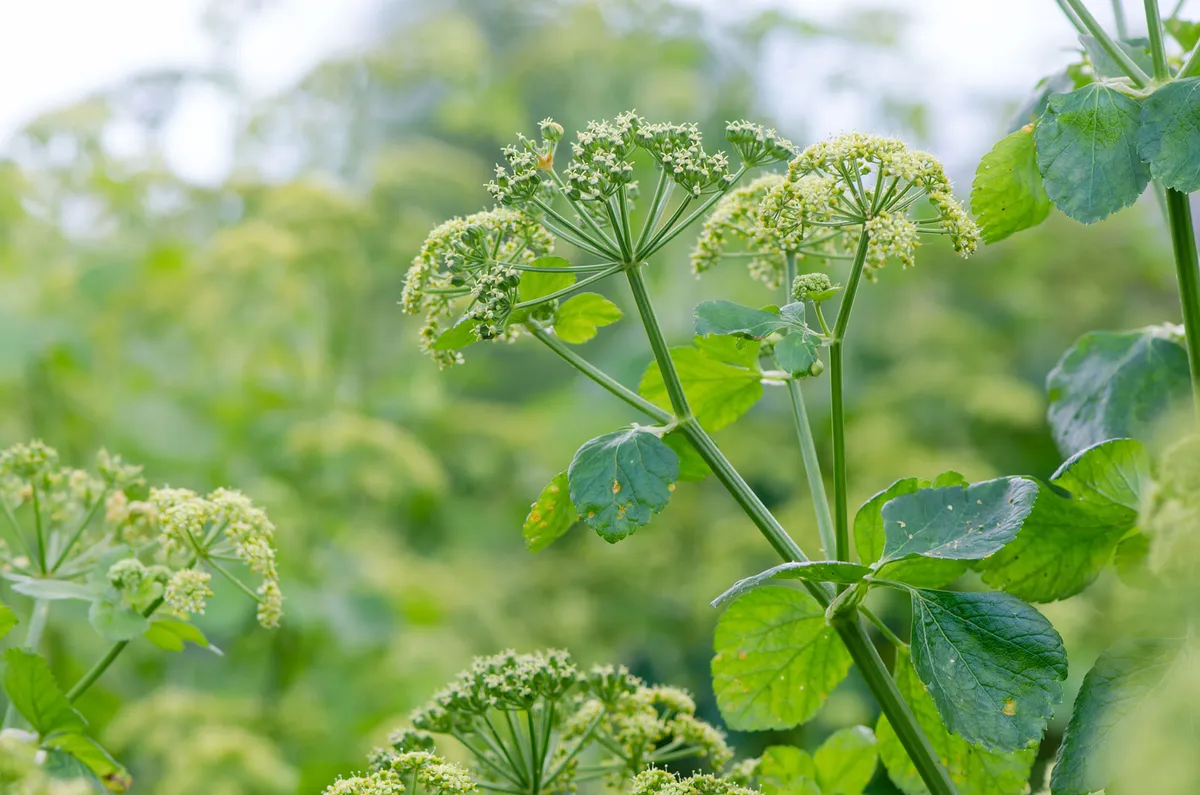
Alexanders is one of the first edible plants of the foraging year. You can find it along rivers, watercourses and woodland edges. An escapee from Roman gardens, where it was grown as a pot herb, it can often be found around towns and cities that were once occupied by the Romans.
Alexanders belong to the Umbelliferae family, which has some deadly members, such as hemlock. It’s quite easy to tell the difference between alexanders and hemlock at a glance, but always consult a guidebook to be safe. Alexanders flowers in late spring, has yellow flowers and a celery-like smell. The deadly hemlock, on the other hand, has an unpleasant smell resembling mouse urine, and its flowers, which often appear in early summer, are white.
Alexanders leaves and stems have such an individual taste – somewhere between celery and parsley – they can be served very simply. Gently steam them for a few minutes and serve with melted butter.
February planting project
Plant a fruit tree
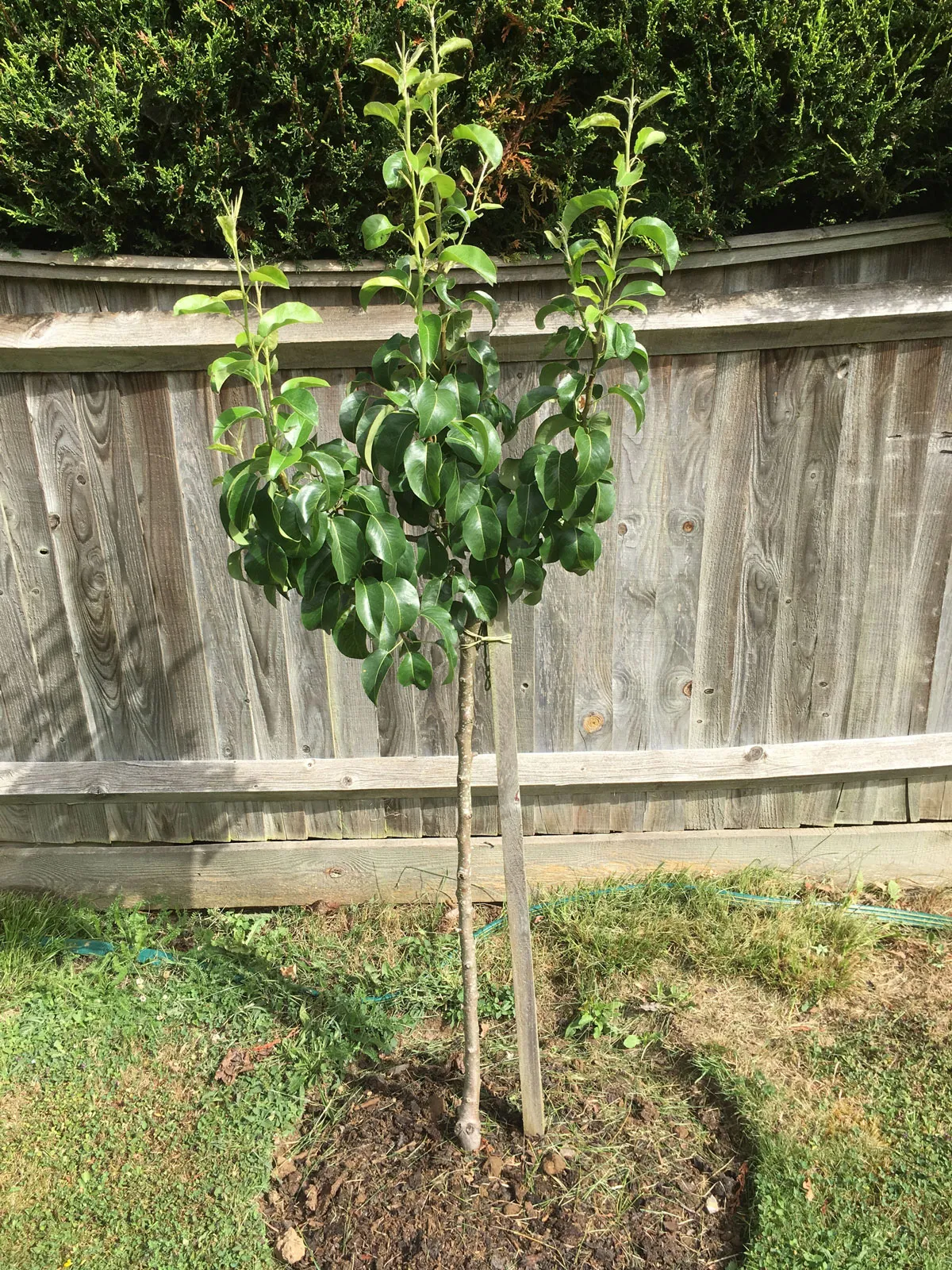
The easiest way to ensure wild food is at hand is to plant a fruit tree. The dormant winter period is the best time to do this, as it prevents the tree from going into shock.
Take care when choosing your site, ensuring that your tree will get plenty of light and the soil is free draining. Also think about how the tree will look fully grown, both above and below ground. Above ground, fully grown trees can restrict access and block light, while underground roots can damage foundations.
When digging your hole, dig only slightly deeper than the soil it was originally in and three times wider than the root ball. Put your tree in the hole and back fill with a good compost.